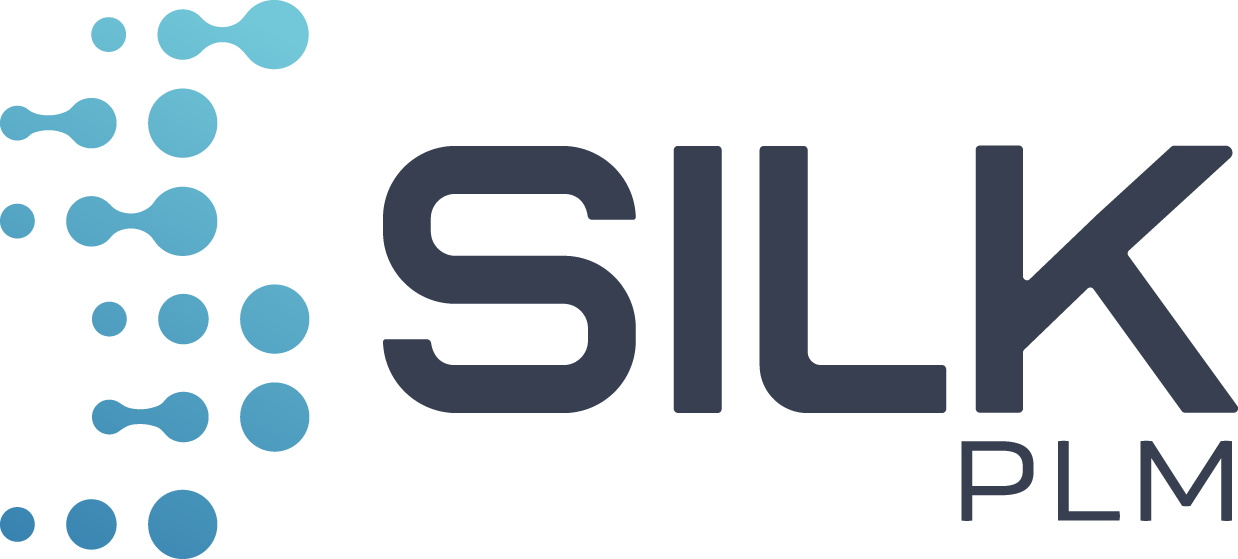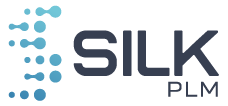Knowledge base » Articles » PLM tools – How to manage the product lifecycle?
PLM tools – How to manage the product lifecycle?
More and more companies recognize the necessity to act comprehensively in the implementation of various production processes in order to achieve the best possible results. Proper planning of the product lifecycle is particularly important and for this, properly selected PLM tools are essential.
What are they and how can such solutions improve day-to-day work? What should you consider when searching for the best software for your company?
![]()
PLM tools – what to use for product lifecycle management?
In addition to standard planning methods, modern companies are more eager to use dedicated PLM tools that significantly streamline daily operations. These are usually practical IT systems that integrate data and other business systems used in companies.
They become a reliable source of information, reduce the risk of errors, and improve daily communication between different areas of the company. As a result, they improve the functioning of the entire product lifecycle and allow the collection of valuable data for future use, to improve a given product, or to create further solutions that meet the needs of the current market even better.

Professional PLM tools – what should they be distinguished by?
Modern PLM software, designed to support the entire process of production, implementation, and subsequent functioning of the product on the market, must be properly tailored to the needs of a particular company. The wrong choice of tools will not only fail to make the work easier but also hinder communication, which translates into worse organization of daily work.
An interesting solution are PLM systems that operate in the cloud, such as SILK PLM. With such tools, you gain constant access to all data from anywhere for all people involved in a project. It significantly simplifies operations and improves information flow, especially when all data is transferred to a common database in real-time. This provides real support in the organization of operations and a rich source of information for better strategic decisions about the development of a given product or the future of the company.
![]()
PLM tools from SILK PLM – efficiency, quality, and optimization
SILK PLM software is a modern way to manage the entire product lifecycle efficiently and conveniently, with real-time access to all data. This allows you to implement specific solutions faster, more efficiently, and cheaper in order to gain the most from your product’s presence on the market.
Using such software is therefore a chance to get ahead of the competition, gain an advantage in the market, and understand the real needs of the market and consumers better. You should always reach for proven solutions to optimize the daily work of a product at every stage of its development and life.
![]()

